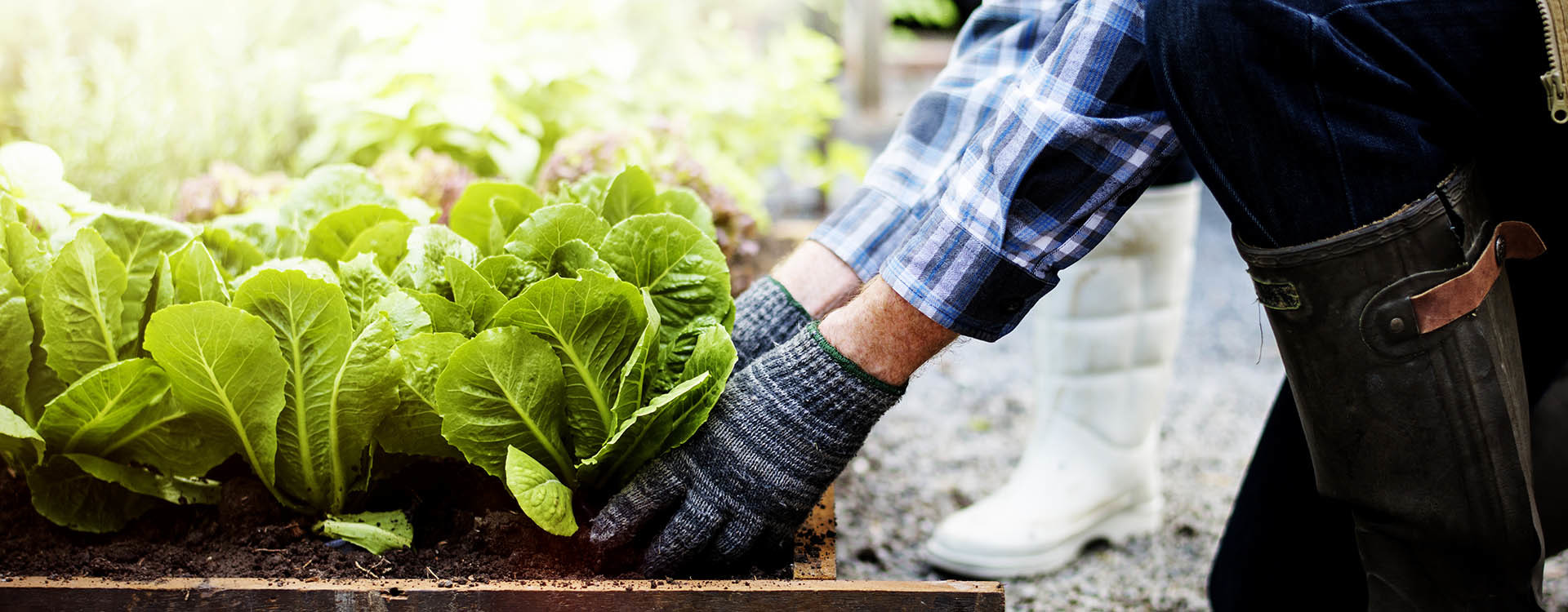Getting My City Blooming To Work
Getting My City Blooming To Work
Blog Article
Some Known Factual Statements About City Blooming
Table of ContentsLittle Known Questions About City Blooming.An Unbiased View of City BloomingThe Best Guide To City BloomingThe Best Guide To City BloomingThe Ultimate Guide To City Blooming
Interested in expanding food available for sale in the City of Chicago? Assuming about beginning a neighborhood yard? Adjustments to the Chicago Zoning Ordinance permit farming uses like community gardens and urban ranches in lots of parts of the city. Below is a list of often asked questions concerning the guidelines and regulations that farmers need to consider when preparing a metropolitan farming job.
The zoning amendment does not change any kind of various other codes dealing with composting, building authorizations, purchasing or leasing City owned property, service licenses or environmental contamination. There are existing codes that regulate these problems and they stay in full effect and may be relevant to your project. Area gardens are typically had or handled by public entities, civic companies or community-based companies and maintained by volunteers.
Urban ranches expand food that is planned to be sold, either on a not-for-profit or for-profit basis. Due to their industrial objective, city ranches require an organization certificate.
What Does City Blooming Mean?
The quantity of compost product can not go beyond 25 cubic yards at any offered time according to the requirements in 7-28-715 of the City's Municipal Code. Because the soil at most brand-new yard sites requires changing, garden compost, dirt, wood chips, or other materials can be acquired to construct or boost the expanding space.

If a building authorization is needed after that the hoophouse will be thought about an accessory structure. You can learn more about the structure license needs by getting in touch with the Department of Buildings. The 25,000-square-foot dimension limit is meant to stop a solitary area yard from controling an offered block or interfering with the block's existing property or business personality.
The limitation does not put on gardens located in Public Open Area (POS) areas. Can there be greater than one area garden that is 25,000 square feet on a single block? Yes. The dimension limitation puts on individual gardens, not to private blocks. No. Secure fencing is not needed, nonetheless, yards that have huge car park areas might be required to install secure fencing or various other landscape design go now functions.
The Ultimate Guide To City Blooming
B1 & B2 areas need that all commercial use activities be carried out inside. Is secure fencing required for metropolitan farms? Fences might be required, along with landscaping and testing, for certain car park locations and outside work or storage locations depending on area and the certain activity taking place.
Yes. Urban ranches require structure permits and zoning approvals prior to building and construction. Various other types of city review may be needed depending on particular frameworks, activities, size, landscape design, licensing, public heath and stormwater management concerns. Much of these demands are recognized in the project design or allowing procedure, nonetheless, the candidate may be responsible to separately determine particular licenses or permits that may be called for.
Yes. The kind of license is figured out by what is taking place at the website. The Department of Business Affairs and Consumer Defense can aid identify the particular kind of company certificate that's needed. Yes. Off street parking is required for a lot of business tasks in Chicago. The called for number of garage is based upon the variety of workers working on website and not the square video footage of the expanding area.
The Best Strategy To Use For City Blooming

Yes. An urban farm can offer garden compost product generated on website, nonetheless, the procedure must adhere to the laws in 7-28-715 of the Chicago Municipal Code. Yes. Aquaponic systems are allowed inside your home on urban ranches in several zoning areas. A zoning review and building authorization is required in order to mount structures or systems and a service permit is needed as defined above.
Up to 5 hives or colonies of honey might be kept as an accessory use. Beekeepers should register with the Illinois Division of Agriculture. For more details regarding the suggested zoning modification you may get in touch with the Division of Real Estate and Economic Growth, Bureau of Planning and Zoning at 312.744.8563.
Farming in cities and city areas A city ranch in Chicago. Urban agriculture refers to numerous practices of cultivating. https://canvas.instructure.com/eportfolios/2986028/Home/City_Gardening_A_Green_Oasis_in_the_Concrete_Jungle, handling, and distributing food in metropolitan areas. The term also relates to the area activities of animal husbandry, tank farming, beekeeping, and gardening in a metropolitan context. Urban farming is distinguished from peri-urban farming, which occurs in country locations at the edge of suburbs.
The 5-Minute Rule for City Blooming
, that seek to form social networks founded on a common ethos of nature and neighborhood holism. These networks can develop by means of official institutional assistance, ending up being incorporated into local town planning as a "shift community" motion for lasting metropolitan development.
In either situation, the much more direct access to fresh veggie, fruit, and meat items that might be know via urban agriculture can improve food protection and food safety and security while lowering food miles, resulting in reduced greenhouse gas discharges, thereby adding to environment adjustment mitigation. Several of the first evidence of city farming originates from Mesopotamia.
Report this page